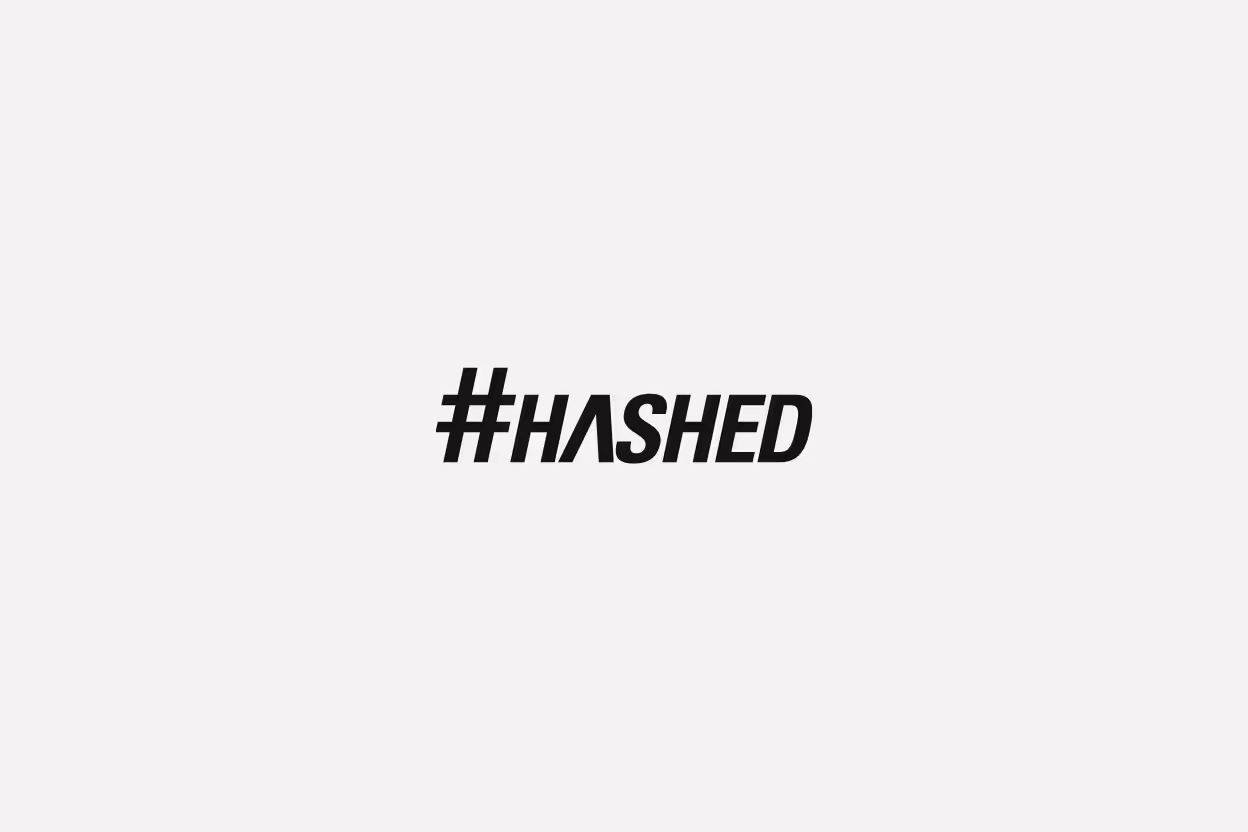A whitepaper in crypto isn’t just a technical document. For many builders and investors, it’s the origin story, the blueprint, and at times, almost a philosophical anchor for an entire ecosystem. While most projects release a whitepaper to outline their vision and mechanics, only a handful seem to gain a status that borders on sacred.
What sparks this reverence? Founders and VCs often look to these core texts for guidance, defense, and inspiration. Whether you’re mapping out your first protocol or assessing new investments, knowing how and why a whitepaper captures this level of respect gives you an edge. Which whitepapers spark long-term loyalty, and how do communities decide whose words matter most? These are questions both newcomers and seasoned architects should weigh as they chart their next move.
The Whitepaper’s Origin and Purpose
Whitepapers in crypto projects serve a unique dual purpose. They not only outline the technical vision but also set the tone for the ideals and principles that bind the community. When people refer to a whitepaper as "sacred," they often mean it stands as the gold standard others aspire to match. Let’s look at where this idea began and why it still shapes the way founders and investors make decisions.
Bitcoin’s Whitepaper: The First Sacred Text
Satoshi Nakamoto’s Bitcoin whitepaper, published in 2008, did more than describe peer-to-peer electronic cash. It became a template for nearly every crypto project since. Early adopters read it as a manifesto, not just a manual. The clarity, brevity, and technical foresight set a blueprint that shaped not only protocol design but also community values.
- Trust in Code: The whitepaper championed the idea that trust should move from people and institutions to transparent, auditable code.
- Open Access: Satoshi made the whitepaper and source code public, reinforcing a culture of openness and permissionless innovation.
- Shared Mission: Many in the Bitcoin community quote or reference the whitepaper, treating its words almost as immutable law.
For founders, this paper is more than history. It’s a north star, an example of clarity that inspires their own work. Many investors still ask: Does this project’s whitepaper stand up to Bitcoin’s in terms of transparency and vision? Is the reasoning airtight? Will the community rally behind these values?
What makes a document cross from technical reference into sacred text? This is a key question that continues to attract debate as new protocols launch.
Why Founders and VCs Care About Whitepapers
Founders pour tremendous effort into crafting a whitepaper that can stand the scrutiny of a sharp-eyed VC or a skeptical user. For investors, it’s the first filter. They look for clear explanations and tangible solutions to big problems. A strong whitepaper builds confidence and lowers perceived risk.
Consider the top questions running through a founder’s mind:
- Will this document convince others of my vision?
- Have I explained the technical choices so anyone can follow?
- Does the paper set our project apart from the dozens of other pitches investors see each week?
From the VC’s perspective, the whitepaper is a litmus test. Does it reflect market awareness? Does it lay out a realistic path to adoption? Is there evidence of original thinking, or is it just a shallow copy-paste of earlier works?
A compelling whitepaper can unlock doors to:
- Funding: VCs are more likely to invest when the project’s foundation is airtight.
- Partnerships: Strong documentation helps potential collaborators understand exactly what’s being built, why, and how to get involved.
- Community Growth: A clear, principled whitepaper attracts early believers who amplify the project’s message.
If you’re building in crypto, ask yourself: Would you give a second look to your own whitepaper if you were on the outside? Does it inspire trust or invite more questions? That level of scrutiny is what turns a simple document into something that feels—almost—a little bit sacred.
From Documentation to Doctrine: How a Whitepaper Gains Sacred Status
A handful of crypto whitepapers rise far above basic documentation. They become doctrine; their stories and ideas fuel community belief and commitment. This happens when a whitepaper doesn’t just describe technology, but inspires. The path from dense technical spec to sacred text runs through narrative, vision, and deep community connection. Let’s examine what gives some whitepapers this hallowed place in crypto culture.
Narrative Power and Ideology: How Big Visions Spark Lasting Belief
At the core, a whitepaper’s lasting influence starts with its story. Why did the project start? Which problem does it want to solve—and why does that matter? When a founder’s vision leaps off the page, it’s much easier for people to care.
Consider Satoshi Nakamoto’s Bitcoin whitepaper. It called for a world where money moved by rules, not rulers. The document wasn’t just technical; it set out an ideology rooted in personal freedom and distrust of central control. The simplicity of “peer-to-peer electronic cash” made sense to everyday readers—and the big vision tugged at their ideals.
Ethereum’s whitepaper did something similar, but broader. Vitalik Buterin described not just a new currency, but a platform for "unstoppable applications". Ethereum promised a new type of computing, accessible and borderless. Clear, future-facing language encouraged readers to imagine endless use cases—anything from automated agreements to decentralized organizations.
Why do these stories matter? Because they invite people in. They go beyond dry instructions and give readers a reason to rally around the project. A few ways this narrative power shows up:
- Clear mission statements that cut through jargon.
- Bold explanations of the world as it could be, not just as it is.
- Simple metaphors that make complex technology relatable.
People often revisit and quote whitepapers that stick in their memory. Readers may find themselves asking: Does this vision actually inspire me? Do I see myself in this story? Does the project speak to my values or challenge the status quo?
Community Embrace and Ritualization: Whitepapers as Living Code and Identity
A whitepaper’s message grows stronger as the community takes it up. Over time, these foundational documents become more than a reference point. They turn into shared symbols—a kind of code of conduct that everyone might cite in debate or planning.
Communities that revere their whitepaper often:
- Treat the document as a living guideline, referring back to it in protocol upgrades or disputes.
- Use its phrases and concepts as shorthand for core values or technical intent.
- Hold up the whitepaper as a community identity marker—sometimes even building rituals, like annual reading events or T-shirt prints with favorite quotes.
For Bitcoin, many still treat Satoshi’s nine-page text as the final authority. Technical proposals (BIPs) will cite the whitepaper as justification or rebuttal. Debates in forums and social media come back to “what Satoshi said”—as if quoting a founding father.
Ethereum’s community takes a slightly more flexible view, but early contributors still share direct references and public readings of the original whitepaper. The document becomes almost a contract between early supporters and new joiners.
The result? These whitepapers don't collect dust. They get spoken, shared, printed, coded—and argued over. This ritualization forges group loyalty. It’s common for new community members to ask, “Have you actually read the whitepaper?” before accepting someone’s judgment as credible.
Is it possible that ritual makes the whitepaper feel even more powerful? Will future crypto projects ever reach the same status, or has this era passed? These are debates every founder and investor needs to weigh when considering a protocol’s long-term draw.
Risks of Revering Whitepapers: Blind Spots and Dogma
Treating a whitepaper as sacred can offer stability and shared vision, but it also sows the seeds for trouble down the road. Over time, original documents can become outdated, vague or even misleading. When communities treat every word as gospel, they risk shutting out progress and widening rifts. Below, we explore two key risks: the freeze on creative growth, and fractures within communities.
Innovation Stagnation and Technical Debt: Show how strict adherence to early whitepapers can hinder necessary evolution and technical improvement
Too much loyalty to a whitepaper can hold a project back from changing course. Teams might avoid updates out of fear of betraying the original document. This mindset locks both developers and investors into old solutions, even when better ideas come along.
Here's what often happens:
- Technical debt piles up as new code bends to fit old models.
- Protocol upgrades stall because no one wants to break from “the way it was written.”
- User and developer frustration rises when real-world needs shift, but the protocol stays frozen.
Ask yourself: If the original author had access to today’s tools, would they have chosen the same approach? Early design choices may have solved immediate problems, but modern networks face issues no one could predict years ago. Are whitepapers meant to be living blueprints, or are they strict instruction manuals?
When does following the original plan cross the line into stubbornness? That’s a key decision for any founder or contributor who wants to stay relevant.
Misinterpretation and Community Division: Highlight cases where ambiguous or outdated whitepapers led to community splits or stagnation
Whitepapers don’t always age well. Ambiguities and gaps often emerge as usage grows. When different groups read the same line and see opposite meanings, conflict brews. Sometimes, the text covers areas that lose relevance as technology and use cases shift.
Common outcomes include:
- Forks and splits when teams can’t agree on what the whitepaper “really meant.”
- Turf wars between camps interpreting policy or technical details in different ways.
- Missed opportunities as the project stalls out, waiting for a “true” interpretation or permission to move forward.
Consider classic examples: The Bitcoin block size debate boiled down to different readings of Satoshi’s intentions. Ethereum’s early roadmap sparked divisions, too, as developers weighed flexibility against strict execution of the founding vision.
Is clinging too tightly to original language worth sacrificing collaboration and growth? Would more open debate—or even an addendum—have kept the community together? These are questions every founder in crypto faces sooner or later.
Rigid reverence for early documents can shadow a project’s best years. Blind spots become rifts, and before long, the text that once united everyone has left the group divided.
Best Practices: Keeping Whitepapers Relevant and Effective
A whitepaper’s influence is only as strong as its ability to stay both accurate and approachable. Even the most celebrated documents can create problems if they grow outdated or inaccessible. Below are the best practices for keeping whitepapers not only alive but also meaningful as projects mature and their audiences expand.
Iterative Updates and Transparent Changes: Suggest mechanisms for evolving a project’s core documents without undermining trust, including version control and community input
Crypto projects can’t afford to let their core documents gather dust. Markets shift, tech moves fast, and even the most loyal users want to know where things stand. If a whitepaper is treated like permanent scripture, instead of a living document, projects risk drifting into irrelevance. So how do you update a whitepaper without damaging trust?
- Use Version Control: Every significant change should get a new version number and clear date. Open repositories (like GitHub) let everyone see what’s changed, when, and why. This helps counter accusations of hidden edits or mission drift.
- Keep Change Logs Public: Document every update in an open changelog. Even minor tweaks—say, a clarified definition or new graph—should be logged somewhere users can review.
- Invite Community Feedback: Before finalizing sweeping changes, draft them out and invite comments from developers, community leads, and major stakeholders. Opening the door for suggestions helps keep core supporters bought in.
- Set Update Procedures: Consider regular review cycles or triggers for updates, such as after a new protocol upgrade or security discovery. Timely reviews prevent the text from lagging behind current practice.
These steps help answer pressing questions: Are changes to the whitepaper driven by genuine improvements or shifting goals? Can readers spot what’s new at a glance? Who decides what gets included or dropped? A transparent process keeps tensions low and signals respect for early supporters, rather than leaving them guessing.
Balancing Technical Detail With Accessibility: Advise on making whitepapers both clear for newcomers and robust for technical scrutiny. Mention the trend of layered explanations.
The best whitepapers draw in newcomers without alienating experts. Many early drafts lean heavily in one direction—either dense technical jargon that frustrates first-timers, or vague summaries that leave serious builders wanting more. So what’s the fix?
- Layered Explanations: This trend borrows from education. Start each major section with a plain-language overview, then dive into the technical details. Readers can choose how deep to go, based on interest or expertise.
- Visuals and Examples: Use diagrams, flowcharts, and annotated code snippets to break up long blocks of text. If your protocol mints NFTs, show the process in a simple chart before explaining the cryptographic backend.
- Clear Terminology: Define specialized terms clearly (preferably with a glossary at the end). Don’t assume everyone reads with the same background—spell out acronyms and protocol-specific lingo the first time they appear.
- FAQ-Style Callouts: Address natural reader questions directly inside the text. For example: “How does this consensus method prevent double-spending?” or “What risks does this new tokenomics model introduce?” This both anticipates and reduces confusion.
Growing projects should regularly ask, “Would a smart but non-technical friend follow this section?” and “Can a researcher scrutinize the details without hitting dead-ends?” Whitepapers that achieve both will keep drawing interest from all corners—supporters, skeptics, builders, or fresh eyes just arriving on the scene.
Maintaining living, accessible whitepapers is never wasted effort. If your project hopes to earn the long-term respect—and perhaps even reverence—of its community, clear communication and active engagement are your best tools.
Conclusion
Whitepapers provide a foundation, but no document should freeze progress or limit open discussion. Founders, VCs, and communities gain from treating these texts as tools for clarity, not rigid instructions. Smart teams revisit: What new questions have surfaced since launch? Does the whitepaper speak plainly to today’s needs, or only to the past? A strong whitepaper sparks debate, welcomes honest feedback, and grows as its community learns.
Clarity and transparency invite trust. Ask how clearly your project’s document explains risk, change, and future vision. Are updates easy to follow? Would a new reader actually grasp core ideas, or just the hype? Make the whitepaper central to your culture, but leave room for adaptation. The most important "sacred" practice is a willingness to update and question. Thanks for reading—share your thoughts or critical questions for future founders below.









